Switzerland is not particularly known for its art. Still, I would argue that Switzerland has some of the finest art collections spread across a total of 949 museums.
And though there are few internationally known Swiss artists such as Paul Klee, Hans Erni, H.R. Giger and the sculptor Alberto Giacometti, Switzerland has traditionally had its own art. Or rather, different areas of Switzerland have had their own art.
After all, the mountains, valleys, histories and languages make each area of Switzerland unique in their own way.
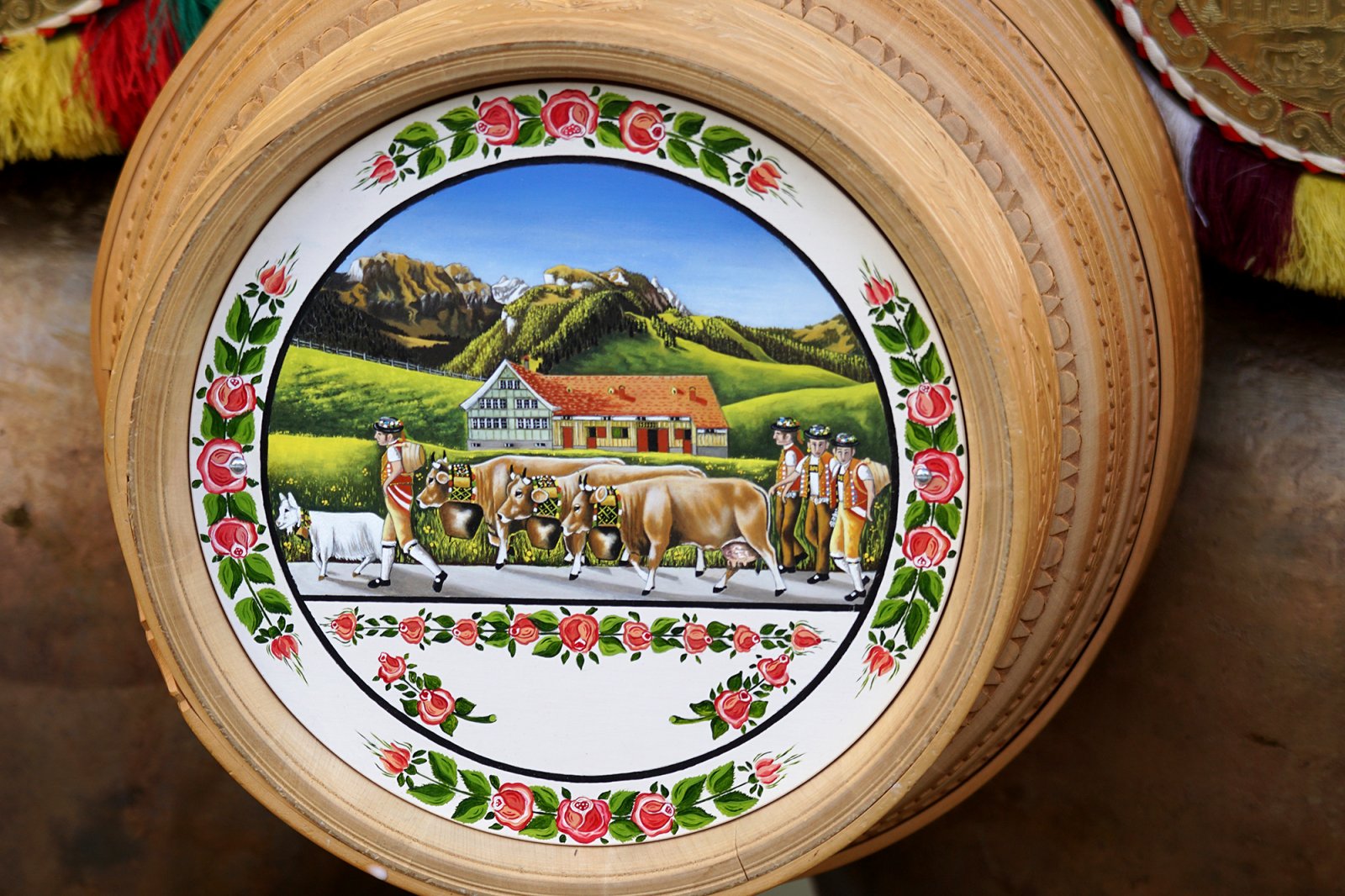
Appenzeller art is also called "naïve art"
Perhaps one of the most recognizable art styles in Switzerland comes from the two half cantons of Appenzell Innerrhoden and Appenzell Ausserrhoden.
In art terminology, it is called naïve art (Naive Kunst). More specifically, it is known as Bäuerliche Naive or Bauernmalerei (farmer paintings).
What differentiates Bauernmalerei, or naïve art, from other realistic art movements is that it ignores the three rules of the perspective, which state:
- decrease of the size of objects proportionally with the distance
- enfeeble colors with the distance
- decrease the precision of details with the distance
The results are:
- effects of perspective are lost, giving the painting characteristics of children’s drawings and paintings from the Middle Ages
- clear patterns, vibrant single colors that do not fade away in the perceived distance of the painting
- equal accuracy of details, including those of the background which would be shaded off in other art styles
About the origins of Swiss naïve art
The genre has existed in Appenzell since the 16th century. However, in the 20th century, this form of art gained recognition as an actual style, with academies for naïve art in many cities and displays in art galleries around the world.
It was Conrad Starck (1765 - circa 1830) with his depiction of the Alpaufzug (procession of farmers and animals to the Alps) that have earned him the title of "Father of Appenzeller Bauernmalerei".
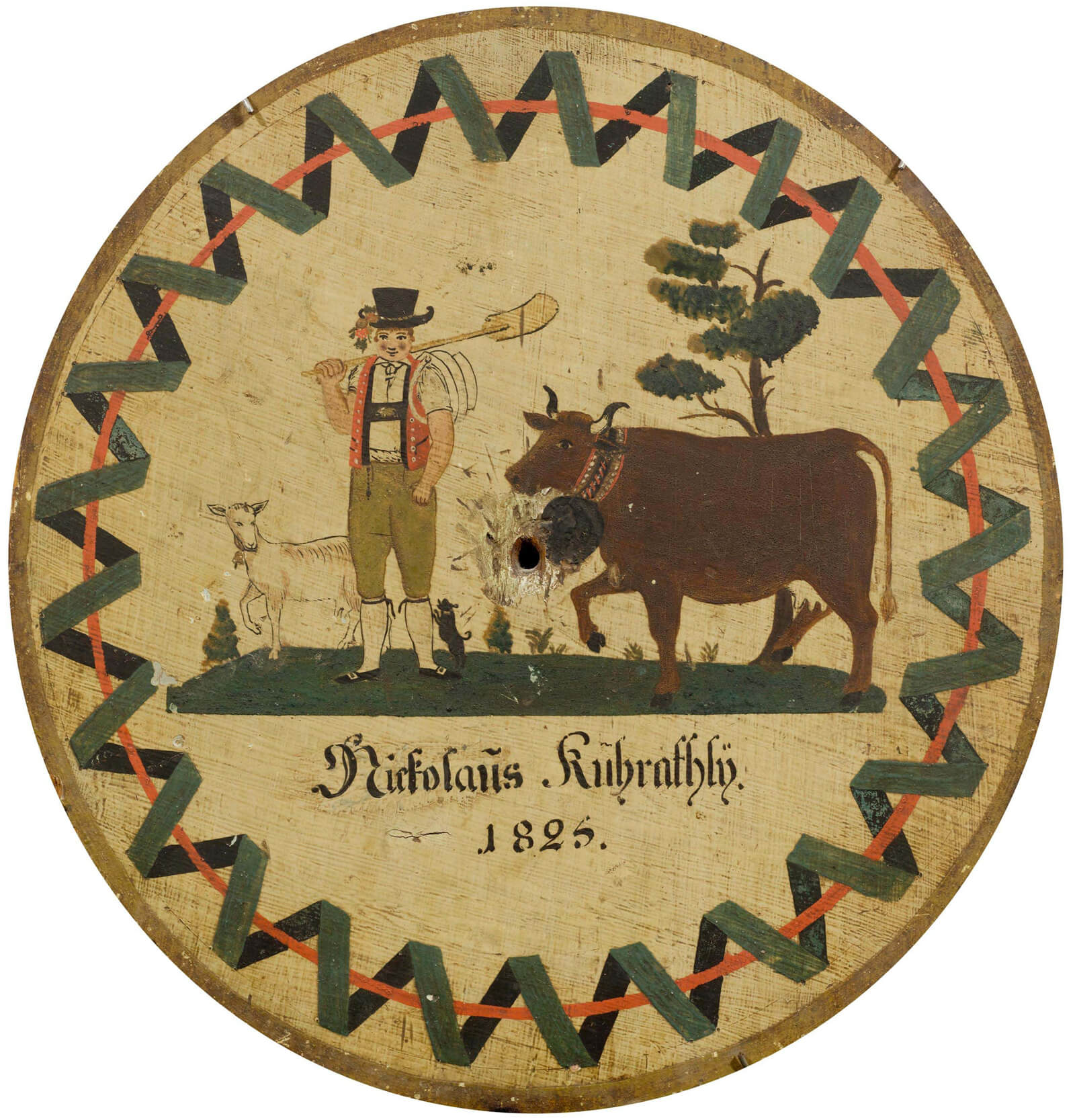
During the 1800's, farmers started to make enough money in order to commission artists to paint decorative pictures. These works of art would be hung in the homes and outdoors under the overhang of the roof.
Because these pictures were meant for everyone to see, the commissioning farmer liked to have his animals and other possessions clearly depicted.
Today, most of the Bauernmalerei being produced is for souvenir purposes, with the exception of a select few artists. Of course, the clarity and simplicity of the pictures also loan themselves to story telling.
Albert Manser is the man behind Albertli
For non-Swiss, or even non-Appenzellers, this artistic style is most easily identifiable in the well-known children’s books Albertli and Barbara, which depict traditional life in Appenzell. The following shows the story filmed from the book in Swiss dialect:
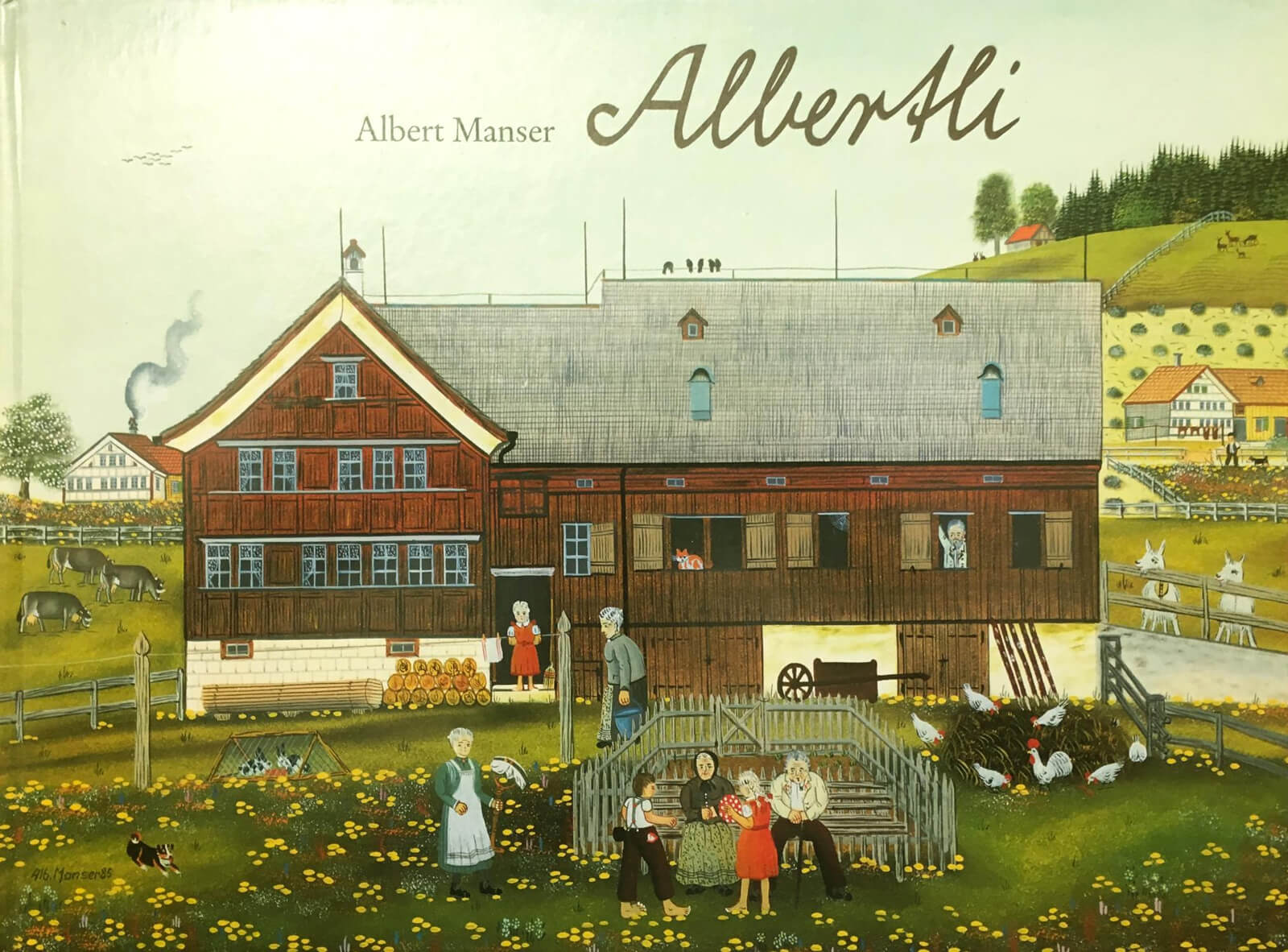
The books have been translated into French and English and are perhaps the best known works of Albert Manser, who no doubt based the books on his childhood. The New York Times even compared Manser’s work to that of the most famous artist of the naïve genre, Grandma Moses.
What's Appenzeller art got to do with beer?
The other place where you will surely recognize Appenzeller naïve art is on the labels of Appenzeller Bier. Each label is unique and depicts a traditional scene from the mythical canton. So the next time you are enjoying a Quöllfrisch, you will be able to tell your friends a little bit about the label and Swiss art history...
Where to find Bauernmalerei in Switzerland
Those looking to experience these traditional naïve paintings firsthand are well advised to visit the two Appenzells or the Museum im Lagerhaus in St. Gallen. Finally, the collection in Kartause Ittingen in Thurgau.

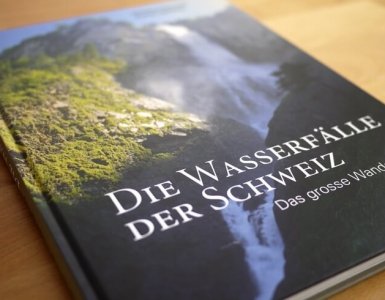
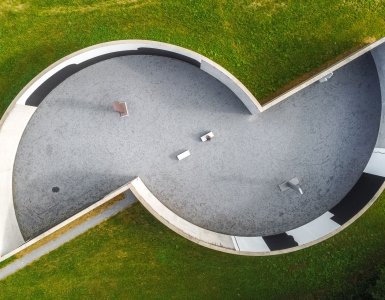

Great post! I love this naive style, both the Swiss type and others, but I’ve often wondered why they appeal to me so much… now I wonder if it has something to do with the story-telling connection that you mention. I’ll have to ponder it more – thanks for the insight.
if you really want to see good Appenzeller paintings which depict such details , look up “Heidi Steinemann” Appenzell. I have purchased several pieces. She has a website and an atelier in Appenzell. Just amazing
Thanks for the hint, Rosemary!